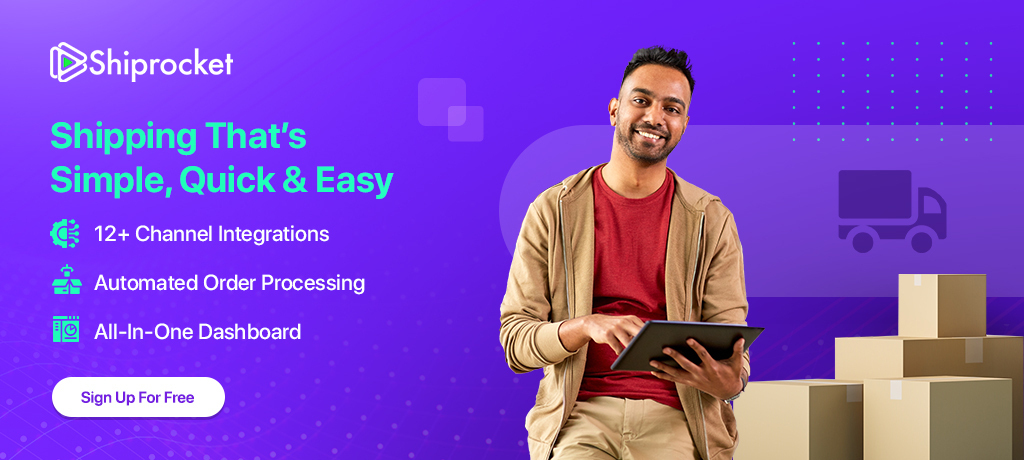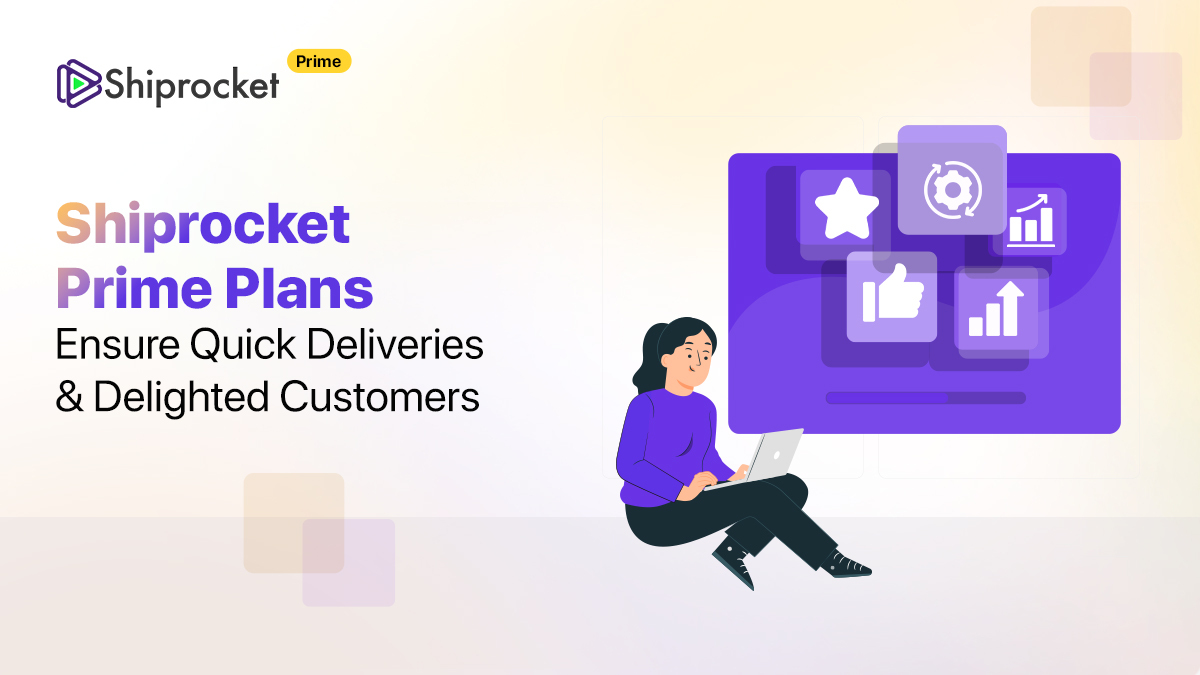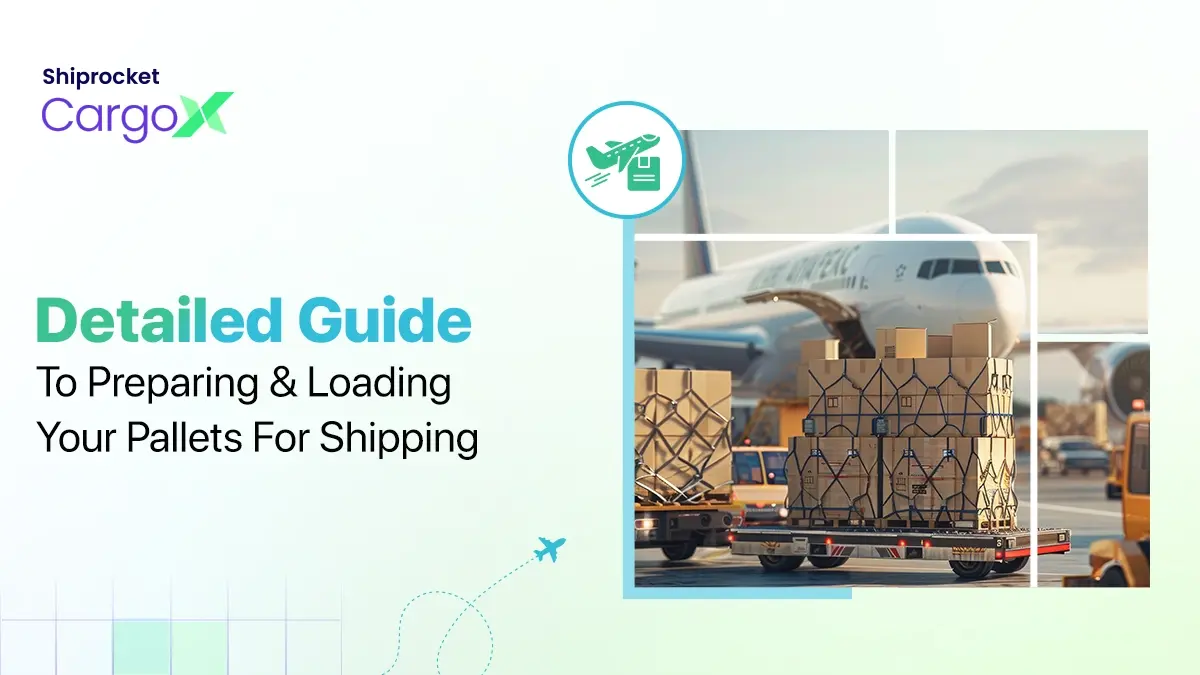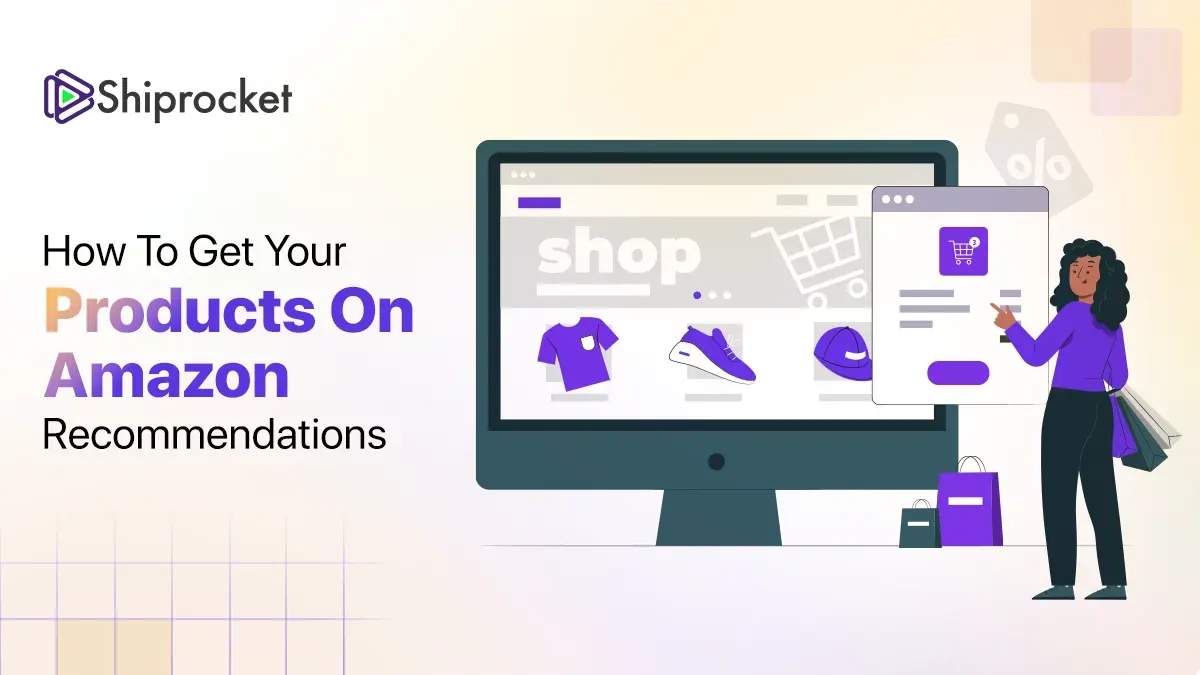Effective Strategies to Reduce RTO in Ecommerce
- Importance of Reducing RTO
- How Shiprocket Engage Helps in Reducing RTO
- How Sellers Can Reduce RTO in eCommerce
- 1. Optimised and Detailed Product Descriptions
- 2. Enable Consistent Tracking
- 3. Prioritise Delivery-Related Preferences
- 4. Accept Payment from Multiple Options
- 5. Verify Contact Details and Delivery Address
- 6. Improve your Product Packaging
- 7. Offer Exchange Options When an RTO is Initiated
- 8. Ensure Quick Shipping
- Experience the Power of Data-backed Intelligence
- Conclusion
RTO, or Return to Origin, refers to the non-deliverability of an order and its subsequent return to the seller’s address or warehouse. RTO is when an order fails to reach the buyer or cannot be delivered for various reasons and is returned to the seller’s location.
The reasons for RTO can vary, but some common factors include the non-availability of the recipient, incorrect addresses provided by the buyer, the buyer cancelling the order, or the buyer refusing the package delivery.
Reducing RTO is crucial for eCommerce businesses as it can impact profit margins and result in financial losses. Let’s explore how to reduce RTO in eCommerce.

Importance of Reducing RTO
Reducing RTO (Return to Origin) in eCommerce is paramount for businesses. Here’s why:
Customer satisfaction
Customers expect a seamless experience and timely delivery when ordering. By minimising RTO, businesses can fulfill customer expectations and enhance their satisfaction.
Cost savings
RTO can lead to increased costs for eCommerce businesses. Shipping expenses, return processing, and inventory management can all contribute to financial losses. Businesses can minimise these costs and optimise their operational efficiency by reducing RTO.
Improved profit margins
Reduced RTO can boost profit margins by minimising expenses related to shipping, returns, and restocking. This way, businesses can retain more revenue and enhance overall profitability.
Enhanced brand reputation
A high RTO rate can tarnish a brand’s image and negatively affect customer perception. Customers may view frequent returns and delivery issues as a sign of poor quality or unreliable service. By minimising RTO, businesses can ensure a smooth customer experience, contributing to a positive brand reputation. This, in turn, can lead to increased customer trust, positive word-of-mouth, and potential new customer acquisition.
Operational efficiency
RTO orders require additional handling, logistics, and inventory management. This can disrupt operational workflows and strain resources. By reducing RTO, eCommerce businesses can streamline operations, improve efficiency, reduce bottlenecks, and enhance overall productivity.
Increased customer loyalty
Timely delivery and accurate order fulfillment contribute to a positive customer experience. When customers have confidence in a business’s ability to meet their expectations consistently, they are more likely to become repeat buyers and brand advocates. By minimising RTO, businesses can cultivate customer loyalty, encourage repeat purchases, and foster long-term relationships with their customers.
How Shiprocket Engage Helps in Reducing RTO
Shiprocket Engage is a comprehensive automation suite that offers several benefits to businesses, including reducing RTO losses, maximising conversion rates, and enhancing customer experiences.
- Reduce RTO losses
Shiprocket Engage helps businesses minimise Return to Origin (RTO) losses by up to 45%. It achieves it via automated order confirmation, smooth Cash on Delivery (COD), prepaid conversion, and automated address verification and updation.
- Maximise conversion rates
Shiprocket Engage offers abandoned cart recovery functionality, which is essential for maximising conversion rates. When customers abandon their carts, Shiprocket Engage enables businesses to send targeted messages and reminders to encourage them to complete their purchases. It recovers potentially lost sales and boosts their overall conversion rates.
- Enhance customer experiences
Shiprocket Engage provides effortless communication capabilities, allowing businesses to enhance customer experiences. The platform enables customers to receive real-time status updates and delivery time notifications via channels like WhatsApp. This transparent and convenient communication also strengthens customer satisfaction and loyalty.
By leveraging the above benefits of Shiprocket Engage, businesses can optimise their operations and drive growth in the competitive eCommerce landscape.
How Sellers Can Reduce RTO in eCommerce
Listed below are the primary ways to reduce RTO in eCommerce shipping:
1. Optimised and Detailed Product Descriptions
Sellers can ensure that customers understand what they are purchasing by including complete information about the product’s features, specifications, dimensions, and materials. It reduces the chances of receiving mismatched or unsatisfactory products, leading to a decrease in returns.
2. Enable Consistent Tracking
By providing customers with real-time updates on the status of their orders, sellers can minimise the anxiety and frustration associated with uncertainty. Regularly communicating tracking information through SMS, email, or WhatsApp notifications helps keep customers informed about their deliveries, increasing transparency and reducing the likelihood of returns.
3. Prioritise Delivery-Related Preferences
It includes allowing customers to choose their preferred delivery time slots, addresses, or methods. By accommodating such preferences, sellers can improve the overall delivery experience and decrease the chances of missed or failed delivery attempts, often leading to returns. Prioritising customer convenience helps build trust and loyalty, eventually reducing RTO rates.
4. Accept Payment from Multiple Options
By providing customers with a range of payment options, such as credit/debit cards, digital wallets, and cash on delivery (COD), sellers cater to diverse customer preferences. It allows customers to choose the most convenient payment method, potentially reducing instances of failed COD orders or payment-related issues, which can lead to returns. By providing flexibility in payment options, sellers can enhance the overall customer experience and reduce RTO rates.
5. Verify Contact Details and Delivery Address
Ensuring accurate contact details and delivery addresses reduces the likelihood of failed deliveries due to incorrect or incomplete address details, leading to a decrease in RTO cases. Implement a mechanism to verify the contact details shared by customers on your eCommerce platform. It can be achieved through AI-powered lead qualification platforms or manual verification processes.
6. Improve your Product Packaging
Investing in high-quality packaging materials and improving your packaging process can help prevent damage during transit. Fragile items should be packaged securely with appropriate cushioning to reduce the possibility of damage. Additionally, consider providing clear instructions and labels on packages to minimise any confusion that might lead to returns.
7. Offer Exchange Options When an RTO is Initiated
When customers initiate returns, provide seamless exchange options. Allow customers to exchange the product for a different size, colour, or variant. Clearly communicate the exchange process, including return shipping labels, instructions, and expected turnaround time. By facilitating exchanges instead of outright returns, sellers can retain customers, minimise the impact of returns, and potentially recover lost sales.
8. Ensure Quick Shipping
Ensuring quick shipping minimises returns by aligning with customer expectations, reducing uncertainty and anxiety, minimising missed or failed delivery attempts, and enhancing overall customer satisfaction. By prioritising efficient shipping processes and partnering with reliable logistics providers, sellers can provide a positive and expedient delivery experience, ultimately leading to a reduction in returns.
Experience the Power of Data-backed Intelligence
You can implement several strategies and technologies to reduce RTO in eCommerce and harness the power of data-backed intelligence.
- High-risk RTO flagging: Using AI analysis and machine learning algorithms, you can implement a system that automatically flags high-risk RTO orders. It can be achieved by analysing customer behaviour, order history, payment patterns, and fraud detection algorithms.
- Address quality score: Implement an address quality scoring system that leverages data-backed intelligence. It can evaluate customer addresses’ accuracy and completeness, ensuring they are valid and deliverable. AI-powered address verification tools can help improve the quality of addresses by cross-referencing them with reliable databases.
- Insightful customer profiles: Use data-backed intelligence to create detailed and insightful customer profiles. You can better understand your customers by analysing customer data, such as purchase history, preferences, browsing behaviour, and feedback. It can help you personalise the shopping experience, tailor marketing campaigns, and identify potential issues that may contribute to RTO.
- Identify duplicate orders: Leverage AI algorithms to identify and flag duplicate orders. By analysing order data and customer information, you can detect patterns and similarities that indicate duplicate orders. It can help prevent multiple orders for the same customer or fraudulent activities contributing to RTO.
Conclusion
By implementing the effective strategies discussed above, eCommerce businesses can make significant strides in reducing RTO. One particularly impactful strategy involves partnering with services like Shiprocket, which offers powerful solutions like Shiprocket Engage specifically designed to tackle RTO challenges. With its capabilities for reducing RTO losses, maximising conversion rates, and enhancing customer experiences, Shiprocket Engage empowers businesses to thrive in the competitive eCommerce landscape. Transform your eCommerce operations for the better with Shiprocket Engage today!







